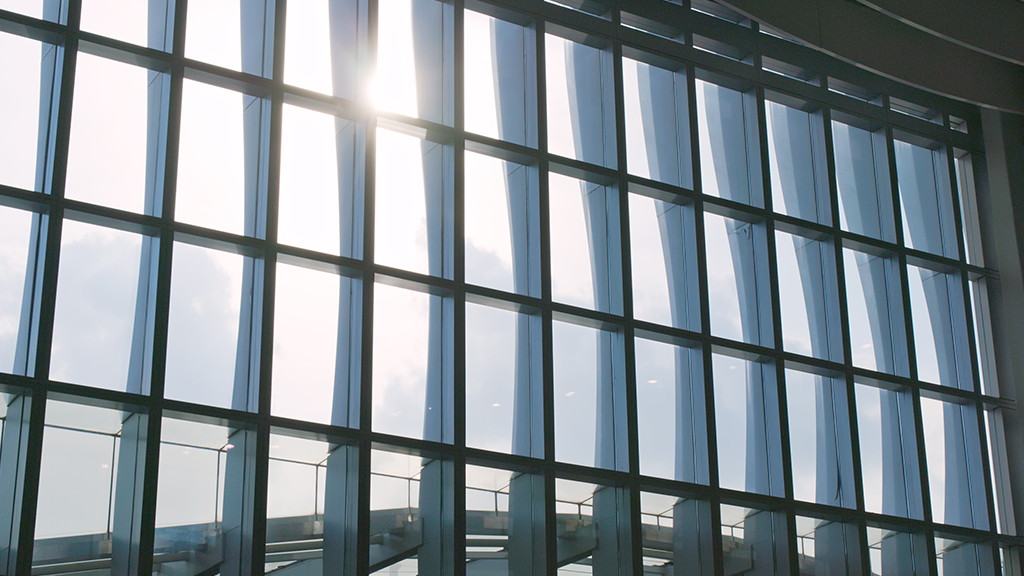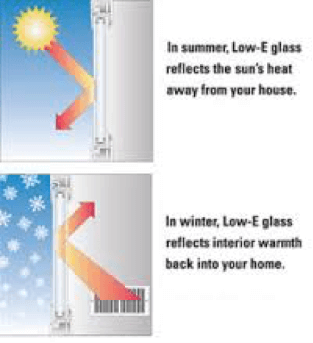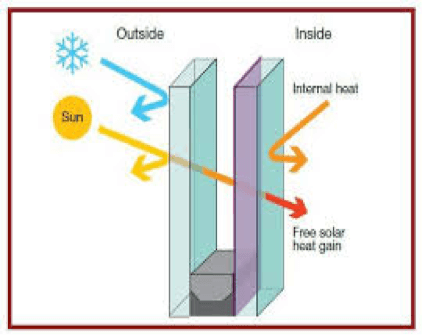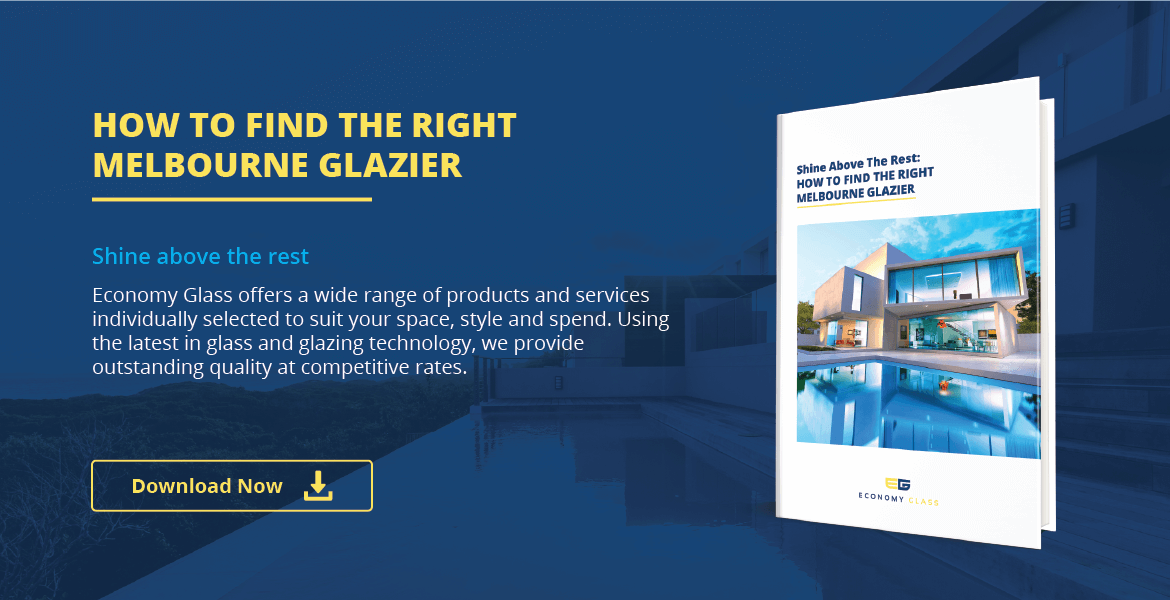
What is Low E Glass? Glass is quickly becoming one of the most popular building materials used in today’s market. Although glass use as a building material for centuries glass itself has changed since the time we first started using it.
Today the market filled with all different kinds of glass of all different shapes and sizes. Sometimes it is hard to know what type of glass to buy that will best work with the project you intend to use it for. There is also a new high demand for glass that is energy efficient. Energy-efficient glass made for the purpose of helping to reduce the use of energy consumption which in turn saves the homeowner money.


The glass alone is not at all energy efficient because of how glass works. Glass is an active conductor of heat. The glass will attract heat and then the heat will pass through the glass, which can be quite troublesome when trying to keep your home well heated in cold weather temperatures.
Making Glass Energy Efficient
You might ask yourself what can help make glass energy efficient. The answer is low emissivity (LOW-E) coating.
Low-e coating design to minimize ultraviolet and infrared light that gets a pass through the glass without affecting the visual aspect. The low-e coating acts as a barrier on the glass so that the glass does not absorb as much of the climate which works well to keep buildings stay at a comfortable temperature.
The low-E coating is very thin and transparent so when put onto the glass it is entirely invisible. When glass gets coate with Low-E it is much more energy efficient. Because the glass is not able to transmit heat either from the interior or exterior. This works because the low-E coating will essentially reflect the heat from the window instead of letting it pass through the glass.
Different Types of LOW-E Coating
LOW-E coating comes in two different types. There is a passive Low-E coating and a solar Low-E coating. Passive Low-E coatings made by using a pyrolytic process. In this process, the Low-E coating applied to a glass ribbon. As it made it causes the coating to fuse with the hot glass thus creating a strong bond. And the glass makes it more durable. Solar Low-E made using an MSVD process in which the coating is applied to the glass. After the glass has been made. The coating is put onto the glass in a vacuum chamber in which the coating is laminated on.
Although the passive Low-E coating is better for colder weather climates. Solar Low-E also is a good choice for glass protection. Either way, glass is still much more energy efficient than glass. That does not have any type of Low-E coating.
